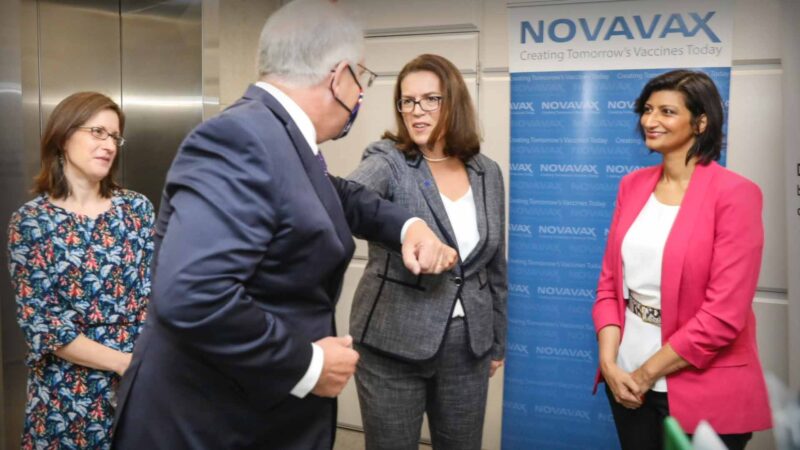Since its launch in 2014, the Child Dental Benefits Schedule has seen a gradual increase in participation year on year. The impact of COVID-19 and related shutdowns saw participation fall sharply in 2020. Though it increased 2021, the national target of 41% participation was not reached in 2021-2022, with the total (35.4%) more than three percent below 2018 participation rates.
Strong participation rates in programs like the CDBS cannot be understated. Good oral health habits, preventative treatment and regular check ups all play a major role in good oral health as people enter adulthood. Current statistics show issues with oral health in early life have a major impact on both the individual and a flow on effect on the national health system. Reducing the rates of potentially preventable hospitalisations due to dental conditions is one of the Key Performance Indicators of the National Oral Health Plan 2015–2024
Australian Dental Industry Association (ADIA) has sourced the following data on Oral Health, hospitalisations, and children in Australia
In 2019–20, about 67,000 hospitalisations for dental conditions may have been prevented with earlier treatment.
- In 2019-20, 5–9-year old’s had the highest rate of potentially preventable hospitalisations.
- 22,900 children aged 0-9 were hospitalised for dental conditions that may have been prevented with earlier treatment.
- Around twice as many people eligible for public dental care (39%) stated they would have difficulty paying for a basic preventive visit than those ineligible for public dental care (18%).
- People who usually visit the dentist for a problem (58%) were more than twice as likely as those who usually visit for a check-up (27%) to avoid or delay visiting a dentist due to cost.
As the peak industry body representing suppliers, manufacturers, and wholesalers to Australian oral health professionals, Australian Dental Industry Association (ADIA), sees opportunity to make a measurable difference to the health of children in Australia. ADIA believes increased awareness of the Child Dental Benefits Schedule will increase preventative care, create better habits, and improve health outcomes for Australian children. Reducing preventable hospitalisations in children under 18 will have the added benefit of easing public health system congestion resulting an improved functioning national healthcare system overall.
In an opinion segment, Australian Health Journal spoke with Abano Healthcare Group Clinical Director, Dr Fred Calavassy, with over 30 years of clinical experience, about his observations of the Child Dental Benefits Scheme ways to increasing participation rates.
You Might also like
-
Clinical entrepreneur addresses needle-phobia
Australian entrepreneur, Lauren Barber, turned her nursing background into the role of an inventor and launched a medical device into the Australian healthcare industry.
No journey is linear for an entrepreneur, but Lauren has travelled considerable distance from a nursing student to a successful entrepreneur illustration her determination and passion to help those with needle phobias. Lauren’s work with NeedleCalm is making a positive impact in the healthcare industry and improving the experiences of patients and clinicians alike.
-
Family biz succeeds in vaccine approval & distribution
It’s been 10 years since Jenny and Karl Herz started in business. Over the past 10 years they’ve launched Biointelect and Biocelect businesses to help secure approval and distribution for new medicines into Australia.
In this Australian Health Journal interview, Jenny and Karl talk about the journey the husband and wife team took to get the Novavax COVID-19 vaccine (Nuvaxovid) approved and distributed in Australia. The journey didn’t just include talented and diverse skilled staff but also their children working in both organisations.
-
Nuclear medicine funding a win for men with prostate cancer
Australian men with higher risk prostate cancer now have access to a nuclear medicine scan to help detect and treat metastatic disease, after it was listed on the Medical Benefits Schedule (MBS) from 1st July 2022.
In 2021 over 18,000 Australian men were diagnosed with prostate cancer, resulting in over 3,000 lives being lost – and making prostate cancer Australia’s second most common cause of cancer death in men.
Australian Health Journal spoke with AANMS President Associate Professor Sze Ting Lee and Dr Geoff Schembri on the MBS listing and the efforts to get it listed.



